Looking for an unforgettable adventure on the wild Mediterranean coast? The Selvaggio Blu trek in Sardinia blends rugged terrain, dramatic sea views, and remote wilderness into a legendary multi-day hike. This guide walks you through everything you need to know—from seasons and access to safety and local culture—to help you plan your journey with clarity and confidence. Selvaggio Blu Trek – Sardinia, Italy: A Complete Guide.
Overview
- What is it?
The Selvaggio Blu (Wild Blue) is a demanding trek along Sardinia’s east coast. It spans about 40 km (25 miles), from Pedra Longa to Cala Sisine, typically completed in 4–7 days
It lies in the Baunei region of Ogliastra, eastern Sardinia—known for its remote cliffs, limestone plateaus, and turquoise coves - Why is it famous?
This is one of the last true wilderness routes in the Mediterranean. The name reflects its essence: “Selvaggio” for wild nature and “Blu” for the cobalt sea that defines its route. It includes exposed paths, via ferrata-like sections, rope descents, and remote campsites
Best Time to Visit
- Seasonal sweet spots:
Aim for spring (April–June) or autumn (September–October). These offer mild temperatures (15–25 °C), stable conditions, fewer crowds, and scenery at its best - Avoid summer and winter:
Summer brings heat above 30 °C and dense tourist traffic. Winter can bring rain and slippery, unsafe trails
How to Reach
- By Air:
Fly into Olbia from major European cities. From there, a 2–3 hour drive leads you to Santa Maria Navarrese, the usual trek start
Rental cars or transfers from nearby towns like Baunei and Santa Maria Navarrese are commonly used.
Entry Fees and Permits
- Entry fees:
There is no formal entry fee for the trek itself, but some beach areas along the route (e.g., Cala Goloritzè) may charge entrance at peak times—always check locally - Guided services cost:
Hiring a guide or support service may range from a few hundred to over a thousand euros, depending on duration and logistics included - Permits:
No permits are required for individuals, though guided groups may coordinate logistics, which could involve local coordination.
(Information subject to change. Check with local guides or authorities when planning.)
Food and Meal Options
- Self-supported hiking:
You’ll need to carry most food and water. Water sources are scarce and unreliable - Guided support:
Many guided options include evening meals and baggage transport delivered to each camp, and sometimes grocery pickups or fresh provisions by boat
Packing List and Essentials
Essentials for this trek include:
- 30 L backpack, durable hiking boots, and sandals
- Weather-appropriate clothing: hiking pants, layers, rain and down jackets
- Technical gear: harness, via ferrata kit, abseil device, helmet
- Camping gear: sleeping bag and pad
- Hydration: at least 3 L daily plus purification method
- Extras: headlamp, sunscreen, sun hat, toiletries, power pack
Safety Tips & Local Regulations
- Navigation challenges:
Trail is largely unmarked and remote. A guide or strong map skills are highly recommended - Technical exposure:
Parts include rope-assisted descents and exposed ridges. Comfort with heights and basic climbing techniques is important - Water scarcity:
Bring enough water and purification tools—don’t rely on natural sources - Weather awareness:
Storms, wind, or heat spikes can greatly affect safety. Plan carefully and stay flexible with schedule. Selvaggio Blu Trek – Sardinia, Italy.
Tips for Beginners or First-Time Trekkers
- Train ahead: Work on endurance, scrambling, and rope-handling skills.
- Start with lighter versions: Some “Light Selvaggio” tours skip toughest sections
- Use a guide: Local guides support navigation, logistics, and safety—especially useful for first-timers
- Pace yourself: The route is best enjoyed over 5–7 days; rushing can be dangerous and exhausting
Local Customs & Cultural Etiquette
- Respect remote landscapes: Leave no trace camping is a must.
- Shepherding heritage: You may encounter ancient huts or stone shelters; appreciate them discreetly.
- Swimming modesty: Coastal dips are part of the experience—common sense applies.
FAQs – Quick Answers for SEO Visibility
1. How long is the Selvaggio Blu trek?
About 40 km, usually completed in 4–7 days, depending on pace and itinerary
2. What is the difficulty level?
Highly challenging. Sections include rugged terrain, rope descents, exposure, and technical scrambling
3. What is the elevation gain?
Total elevation gain can reach over 4400 m, with the highest point around 770 m
4. Are restrooms available?
No permanent facilities. Solo trekkers rely on nature and carry toilet supplies.
5. Is water available?
Extremely limited. Bring sufficient water and purification tools
No formal permit required. Organized trips handle access and logistics.
7. Can beginners attempt this trek?
Only with proper training or guide support, and possibly lighter route variants
8. What is the recommended season?
Spring (April–June) and autumn (September–October) offer the best conditions
Final Thoughts
The Selvaggio Blu is not a casual hike—it’s a raw, immersive journey through one of Europe’s most unspoiled coasts. It rewards preparation, respect, and endurance with stunning cliffs, hidden coves, and nights under the stars. Begin your adventure with careful planning, reliable gear, and strong awareness of terrain and weather. Whether you come from the USA, UK, Australia, or Germany, the Selvaggio Blu promises a memorable challenge in Sardinia’s timeless wild.Selvaggio Blu Trek – Sardinia, Italy.
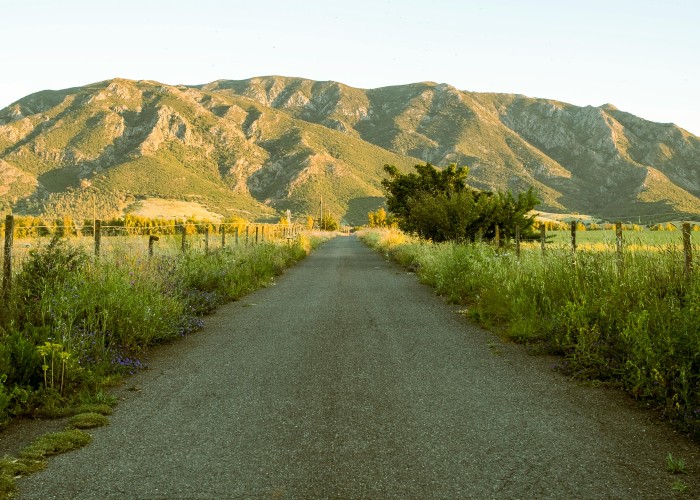
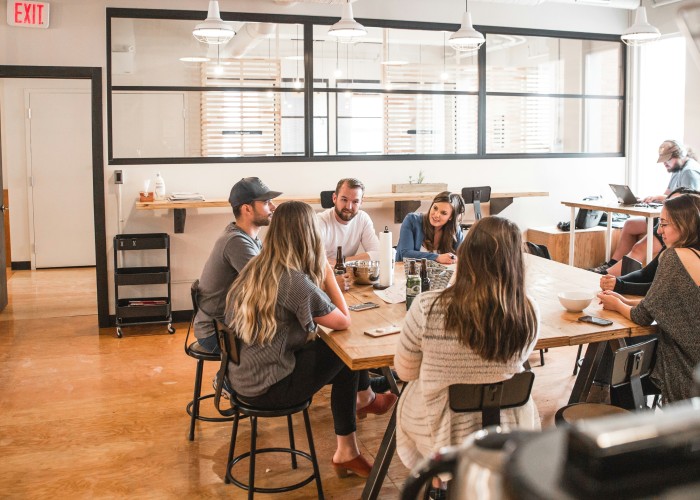
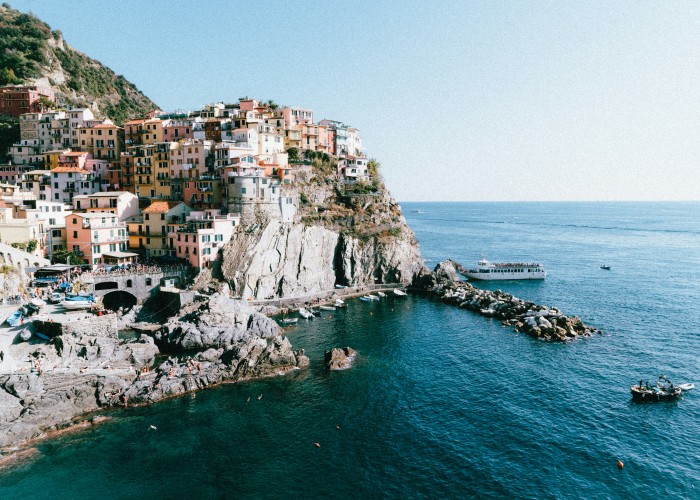
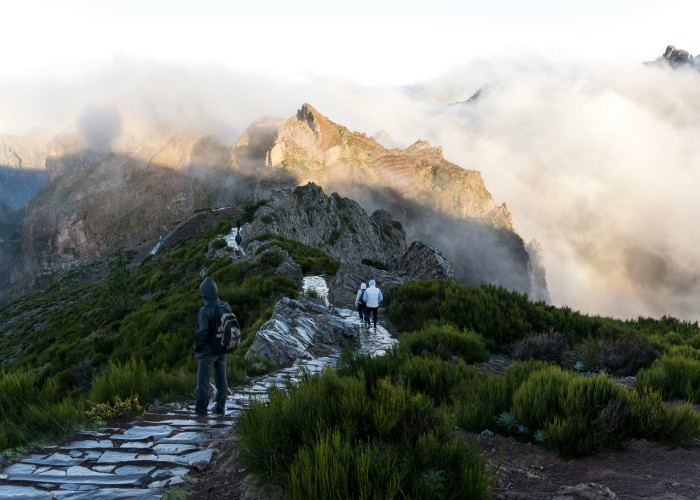
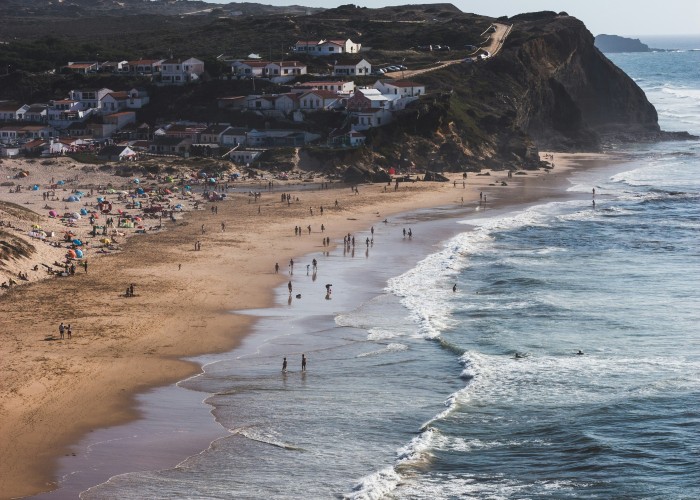
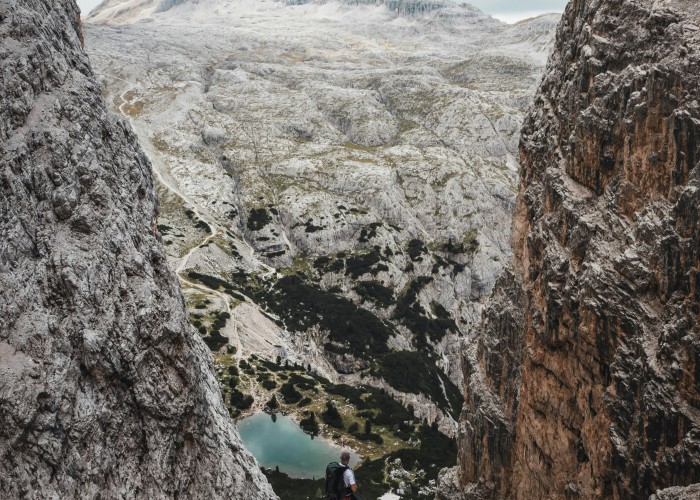
Leave a Reply